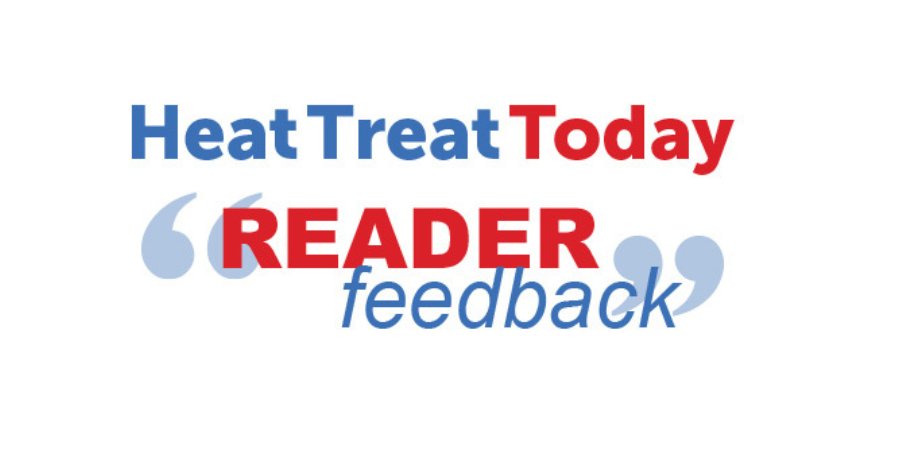Gas Equipment Provider’s Acquisition Increases Reach to Heat Treaters
A Georgia-based provider of natural gas measurement and control products and solutions has announced the acquisition of a distribution and service center for the natural gas industry, extending its capabilities for heat treating manufacturers.
Equipment Controls Company‘s acquisition of Tri-State Meter and Regulator Service, Inc. is expected to expand geographic reach and operational capabilities of both companies and merge field services, installation and testing, fabrication and design, and leak surveys.
“We’re excited to welcome the Tri-State team to Equipment Controls,” said Jeb Bell, president of Equipment Controls Company. “Tri-State has built its reputation on a foundation of exceptional service. Their motto, ‘The Service Matters,’ resonates with our values, and we’re eager to extend that level of service to our customers.”
“We look forward to our future with ECCO. Our shared vision and complementary strengths will enable us to deliver exceptional value to our customers and the natural gas industry as a whole,” said Paul Hayes, president of Tri-State Meter and Regulator Service, Inc.
ECCO will be keeping Tri-State’s brand, team, offices, products, and service offerings.
This press release is available in its original form here.
Find Heat Treating Products And Services When You Search On Heat Treat Buyers Guide.Com
Gas Equipment Provider’s Acquisition Increases Reach to Heat Treaters Read More »







